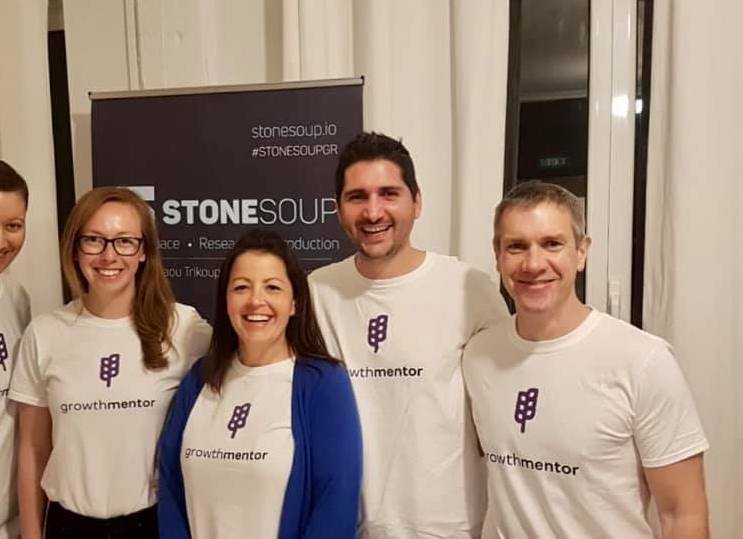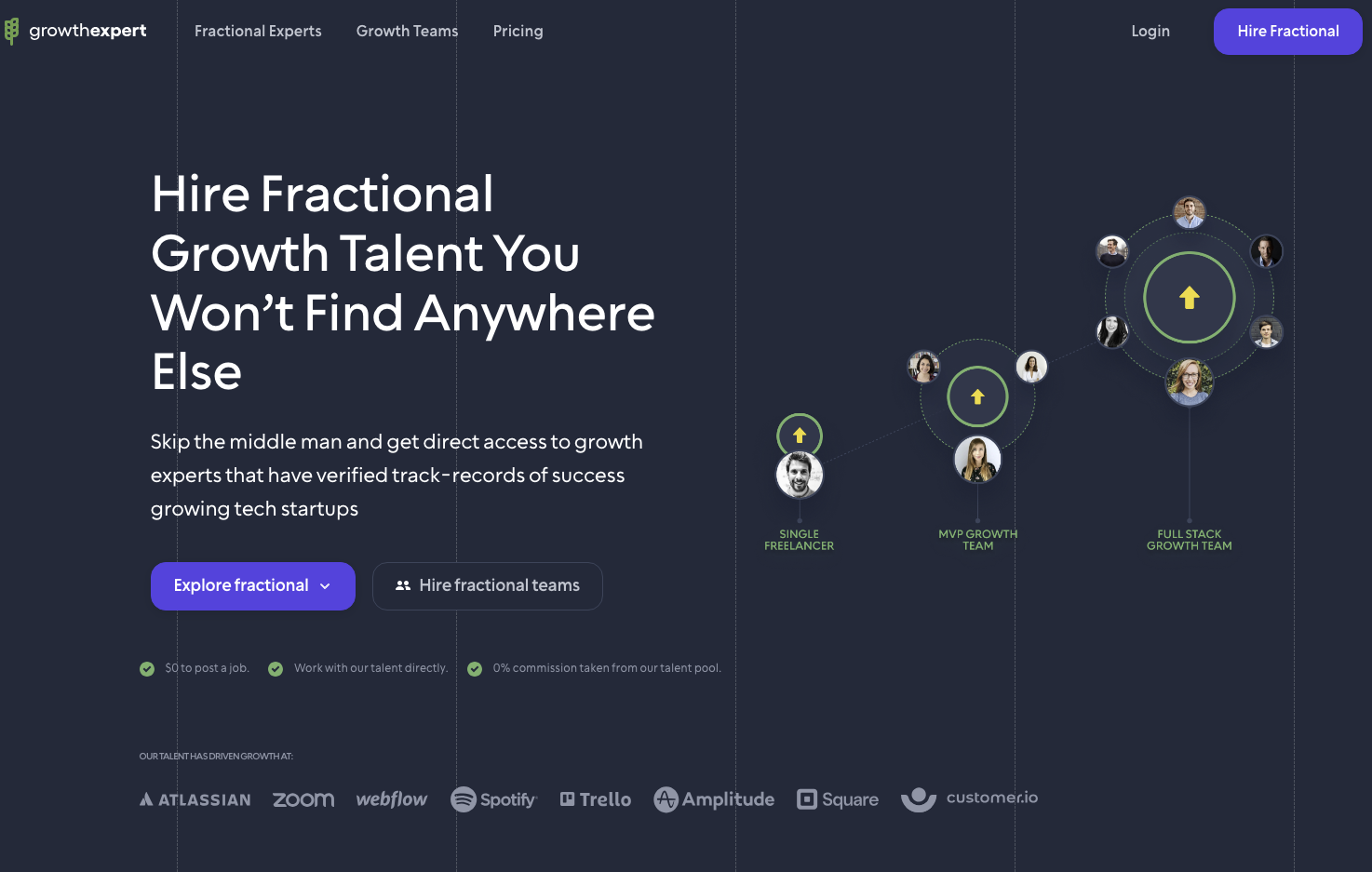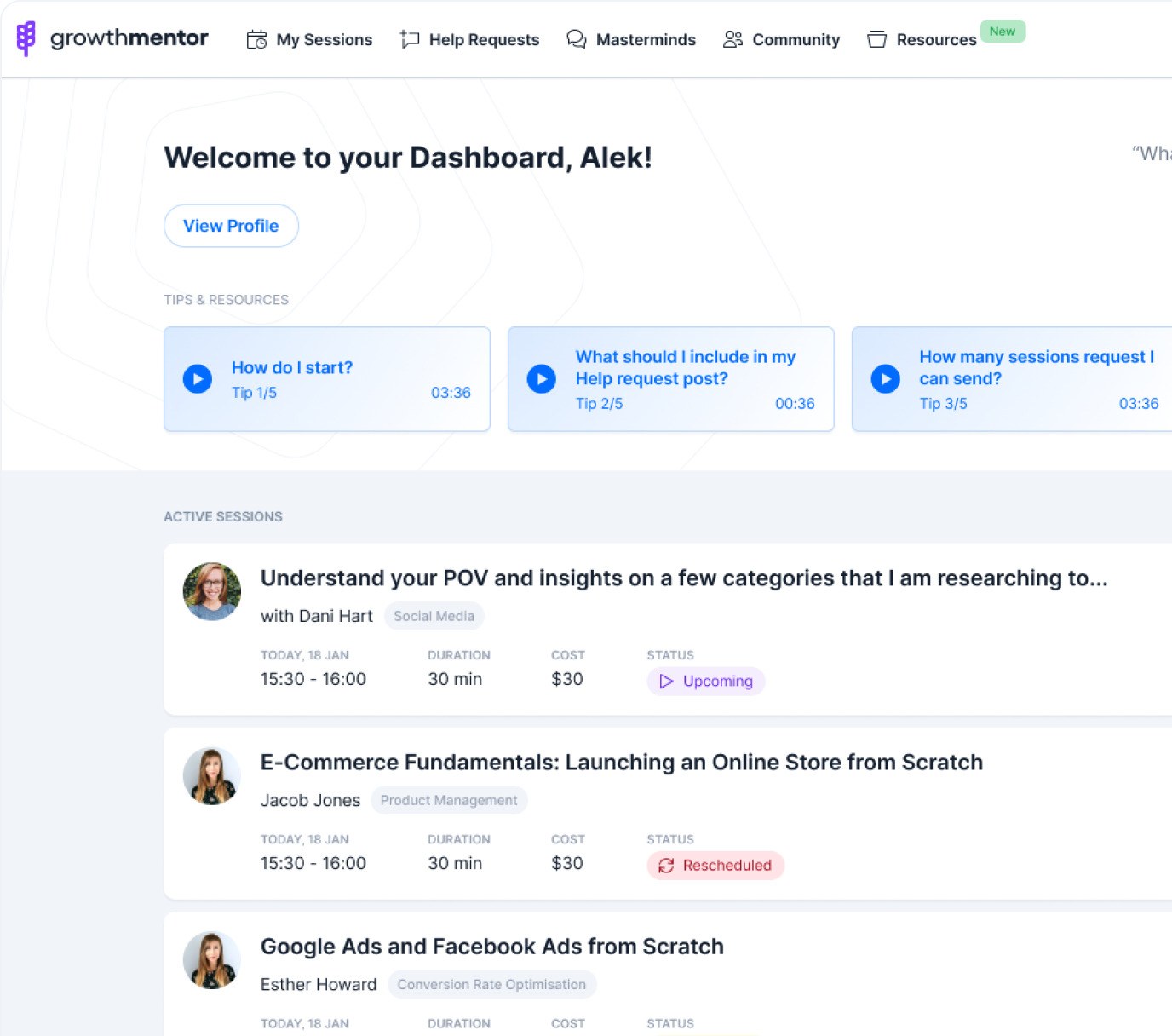The 6 Ways to Actually Get Help (Not Just ‘Network’)
Stop collecting connections. Start collecting solutions.
That’s the philosophy behind GrowthMentor’s new Help Requests feature. Instead of accumulating contacts who might theoretically help someday, you can now post specific requests that attract people who can actually help today.
We’ve created six distinct types of Help Requests, each designed for a different professional need. No more forcing every interaction into the same generic “let’s connect” box. Here’s how each one works and when to use them.
1. Mentorship Requests: Guidance With Purpose
Who can apply: Only verified GrowthMentor mentors
Best for: Specific challenges that benefit from experienced perspective
The traditional mentoring dance is exhausting: browse profiles, send connection requests, schedule discovery calls, realize it’s not a fit, repeat. Most mentoring relationships fizzle because they start too broad – “I want to grow” isn’t actionable. Mentorship Requests flip the script by forcing specificity from day one. When you post your exact challenge, mentors can immediately assess whether their experience maps to your needs. It’s like the difference between asking “can you teach me to cook?” versus “can you help me fix why my sourdough starter keeps dying?” One wastes time, the other solves problems.
Traditional mentoring often starts with vague goals like “grow my career” or “scale my business.” Help Requests flips this by requiring you to state your specific challenge upfront:
- “How do I reduce 20% monthly churn in my B2B SaaS?”
- “Need framework for expanding to 3 European markets in 6 months”
- “Struggling with team motivation after failed product launch”
Key questions you’ll answer:
- What’s your main challenge?
- What have you tried so far?
- What does success look like?
When mentors can see exactly what you’re struggling with, they can quickly assess whether their experience is relevant. No more discovery calls just to realize it’s not a fit.
2. Feedback Exchange: Skip the Echo Chamber
Who can apply: All community members
Best for: Getting unbiased perspectives on actual work
Your team thinks everything you do is great (or they’re too polite to say otherwise). Your mom loves all your ideas. Your Twitter followers heart everything. But none of that helps you improve. Real feedback requires distance and specificity. Feedback Exchange creates a structured way to get unbiased perspectives from professionals who don’t have skin in your game. They’re not trying to spare your feelings or win your business – they’re just calling it like they see it. The key is being specific about what kind of feedback you need. “Is this good?” gets you nowhere. “Where specifically are visitors dropping off my landing page?” gets you answers.
We all need fresh eyes on our work, but “what do you think?” rarely yields useful feedback. Feedback requests require specificity:
- The exact asset or question you need reviewed
- What type of feedback you’re seeking (brutal honesty vs. constructive guidance)
- Who your target audience is
- What feedback you’ve already received
Examples that work:
- “Landing page for developer tool – need conversion optimization tips”
- “B2B pricing strategy for SMB market – is $99/mo too high?”
- “Product onboarding flow – where are users getting confused?”
The beauty: reviewers know exactly what lens to use when providing feedback.
3. Partnership Exploration: Value Exchange From Day One
Who can apply: All community members
Best for: Finding complementary businesses or collaborators
Most partnership conversations are like bad first dates – lots of small talk, vague promises about the future, and everyone leaves wondering what just happened. Months of “exploring synergies” usually lead to exactly zero synergy. Partnership Exploration cuts through this dance by requiring both sides to show their cards upfront. What do you have? What do you need? What could we build together? It’s refreshing when someone says “I have a 10K email list in fintech and need a content partner” versus “let’s explore ways to collaborate.” One leads to partnerships, the other leads to calendar fatigue.
Forget months of “exploring synergies.”
Partnership requests put all cards on the table:
- What you bring (audience, expertise, resources)
- What you need from a partner
- Specific first project or collaboration
- Success metrics
Strong partnership requests include concrete details:
- “SaaS with 10K email list seeking content marketing partner”
- “Course creator with technical expertise seeking marketing co-founder”
- “Agency with Fortune 500 clients seeking specialized talent partners”
When both sides know what’s being exchanged, partnerships form in days, not months.
4. Introduction Requests: The End of “Know Anyone In…”
Who can apply: All community members
Best for: Leveraging specific connections purposefully
“Do you know anyone in venture capital?” might be the most useless question in professional networking. Which firms? What stage? What sectors? Without context, even well-meaning connections can’t help effectively. Introduction Requests solve this by requiring specificity that gives potential connectors everything they need to make valuable introductions. When you say “I need an intro to the Partner at Index who led the Figma investment because we’re building collaborative design tools,” suddenly the right person can step forward with the right context. It transforms introducers from confused middlemen into strategic connectors.
Generic requests for “investor intros” or “anyone at Google” waste everyone’s time.
Introduction requests require:
- Specific person or role you want to meet
- Clear reason for the connection
- What context the introducer should provide
The difference:
Weak: “Need intro to VCs”
Strong: “Need intro to Partner at Index Ventures focused on B2B infrastructure”
When introducers understand the why behind the request, they can add context that turns cold outreach into warm conversation.
5. Just Networking: Structure for Serendipity
Who can apply: All community members
Best for: Building community around shared interests
Not every professional connection needs an immediate transaction. Sometimes you just want to find your people – the ones wrestling with similar challenges or exploring similar ideas. But “open to networking” is about as useful as “enjoys breathing.” Just Networking adds intention to serendipity by helping you articulate who you want to meet and why. It’s the difference between standing awkwardly at a networking event hoping for magic versus hosting a dinner party where everyone shares a common interest. Structure doesn’t kill spontaneity; it enables meaningful unexpected connections.
Even casual networking benefits from some structure.
Instead of “open to connect,” you specify:
- Types of professionals you want to meet
- Topics or challenges you’re exploring
- What you bring to conversations
Examples:
- “Bootstrapped founders in Berlin discussing sustainable growth”
- “Marketing leaders experimenting with AI tools”
- “First-time managers navigating team challenges”
It’s networking with intention, not obligation.
6. Hiring: Transparency Attracts Talent
Who can apply: All community members
Best for: Finding team members within trusted community
Traditional job posts are where transparency goes to die. Companies hide salaries, minimize challenges, and inflate opportunities. Candidates pretend they’ve dreamed of working at your unknown startup since childhood. Everyone wastes time on interviews that should never have happened. Hiring Requests flip this by requiring radical transparency from the start. Share your actual budget, real challenges, and specific needs. Yes, some people will self-select out – that’s the point. The ones who apply are genuinely excited by your specific opportunity, constraints and all. Transparency doesn’t limit your candidate pool; it qualifies it.
Most job posts hide the important stuff. Hiring requests require upfront transparency:
- Budget/compensation range
- Time commitment (full-time, fractional, project)
- Specific deliverables and success metrics
- Actual challenges of the role
This transparency doesn’t limit your candidate pool – it attracts people who are genuinely excited by your specific opportunity and constraints.
Examples:
- “Fractional CMO for 3-month launch sprint, $5-8K/month”
- “Full-stack developer for MVP build, equity-heavy compensation”
- “Content strategist, 10 hrs/week, must love B2B fintech”
Why Six Different Types?
We could have created one generic “request help” form. But different needs require different information. A partnership discussion needs audience metrics. A hiring post needs budget clarity. An introduction request needs specific context.
By tailoring each request type, we:
- Help requesters provide relevant information
- Enable responders to quickly assess fit
- Skip the generic “tell me more” back-and-forth
- Move faster from request to result
One-size-fits-all forms create one-size-fits-none connections. Specific forms create specific outcomes.
You can only have one active Help Request at a time
This isn’t a technical limitation – it’s intentional friction.
Here’s why:
- Focus beats volume. When you can only make one request, you naturally prioritize what matters most right now. No spraying and praying.
- Quality responses. When responders know you’re focused on this one request, they take it more seriously. You’re not just another bulk message in their inbox.
- Manageable engagement. One active request means you can properly respond to every application, have meaningful conversations, and actually follow through.
- Better for everyone. The community doesn’t get flooded with half-hearted requests from people playing the numbers game.
Your Next Move
Look at your current professional challenges. What specific help would move the needle this week? Stop hoping the right connection will magically appear in your network. Start requesting exactly what you need.
Pick your request type. Be specific. Be transparent.
Watch what happens when you replace networking theater with purposeful connection.
Ready to get specific? Create your first Help Request and discover the difference between collecting contacts and finding collaborators.



